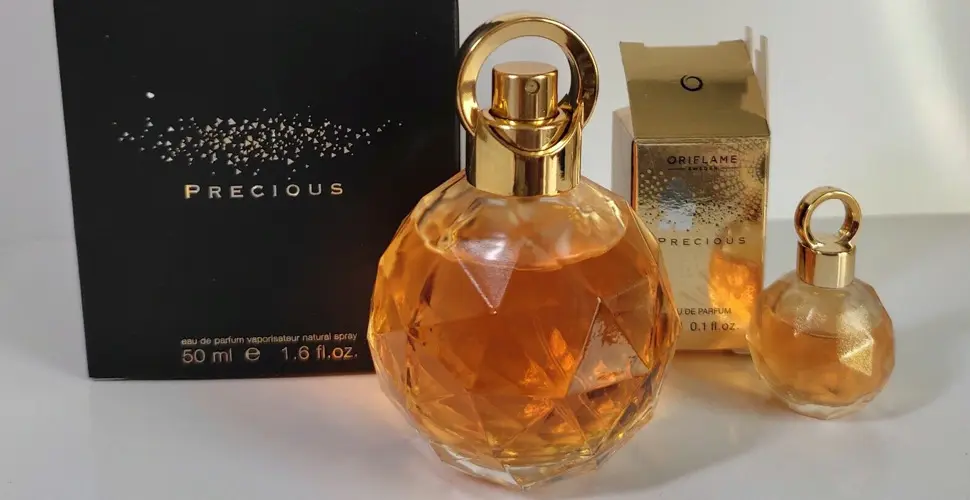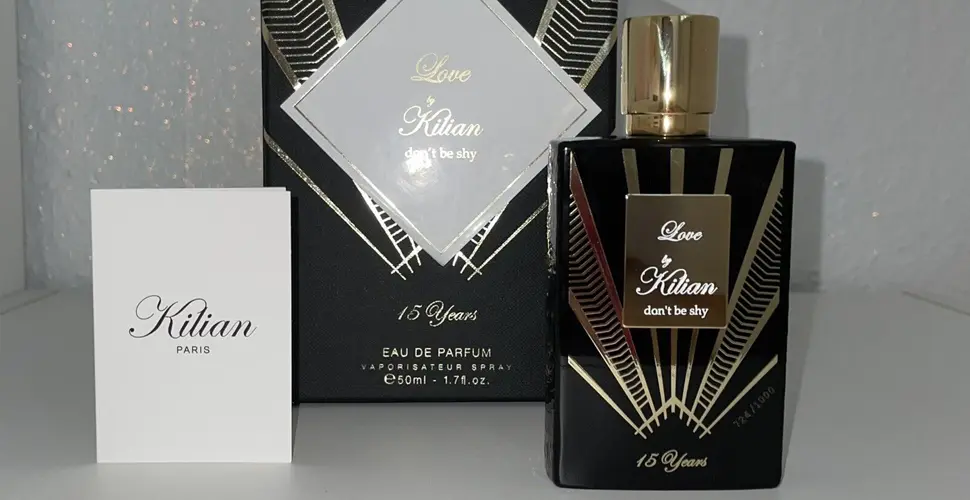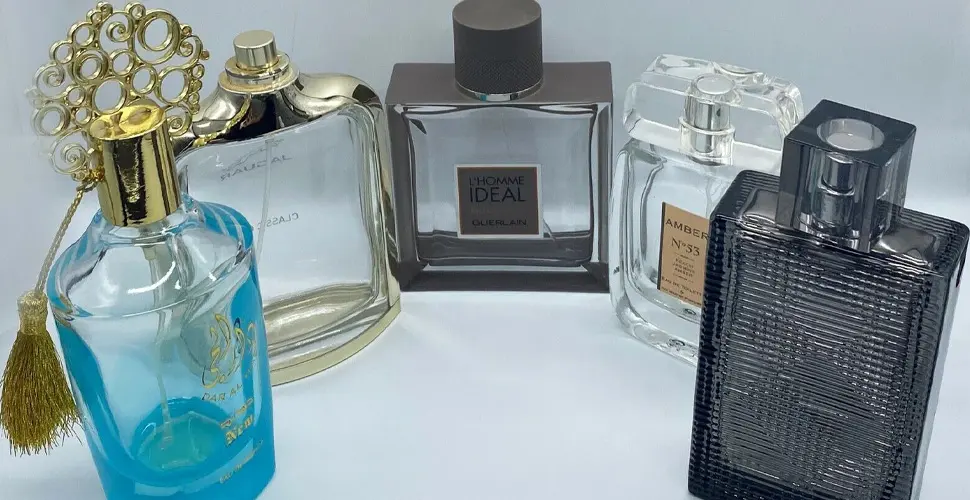The Role of Aromatic Chemicals in Fragrance Creation
Deana Stallings
- 04 Jan 2023

The Role of Aromatic Chemicals in Fragrance Creation
Introduction
Fragrance is one of the most powerful and influential sensory experiences that humans can experience. From momentous times of joy, to moments of sadness and even holidays, signature fragrances have been used for centuries to convey meaning, sentiment and emotion. But what is it about fragrance that gives it such power? One of the components of fragrance is the or aromatic chemicals that are used to create the signature scents. In this blog post, we will discuss the role of aromatic chemicals in fragrance creation.
“Aromatic chemicals are an important component in the making of fragrance. These substances are used to create a signature scent that we recognize in many of our favorite perfumes and colognes.”
Question: What makes scent so powerful?
Answer: Scent is one of the most powerful and influential sensory experiences that humans can experience, and aromatic chemicals are a major component in creating signature fragrances of pleasure and emotion.
Aromatic chemicals
Aromatic chemicals are an intriguing mix of molecules that create unique and delicious scents. Without them, we wouldn’t have the vast array of fragrances we have today!
Aromatic chemicals, also known as aroma compounds, are a class of organic compounds that contain carbon and have a distinct smell. Some aromatic chemicals are found by nature, such as terpenes and linalool, while others are synthesized in laboratories.
These compounds have a range of uses in a variety of industries, such as food production, cosmetics, and the pharmaceutical industry, but their main use is in perfumery. Aromatic chemicals are blended to create fragrances that range from the classic scent of musky amber to the tantalizing sweetness of a rose bouquet.
The creation of an aroma is a complex process that requires skill and knowledge on the part of the perfumer. A good perfumer knows how to combine different volatile materials to create a perfect harmony of scents. They work an array of aromatic chemicals together, sometimes even mixing in synthetically produced ingredients, to create a unique signature scent.
The process of mixing the unique scents of different aromatic compounds can be considered an art of sorts. As such, “noses”, individuals whom possess an extraordinarily keen sense of smell, are sought out for their ability to craft remarkable perfumes of exceptional quality.
Aromatic chemicals are also known to have some medicinal properties, often being featured in remedies for congestion and respiratory health due to their anti-inflammatory and decongestant effects. In addition to this, some of these compounds have been known to act as mood enhancers, leading to their extreme popularity among those in the aromatherapy field.
Aromatic chemicals provide us with more than just pleasant-smelling fragrances. Thanks to their diverse properties and complexities, these molecules have the power to transform an ordinary day into an extraordinary experience for any nose or mind brave enough to explore them.
What are Aromatic Chemicals?
Do you find yourself wondering what makes your favourite perfumes and fragrances so unique and captivating? Well, it’s all thanks to the mystic ingredient that goes by the name of aromatic chemicals!
Aromatic chemicals are volatile compounds used in a range of fragranced products, from perfumes to air fresheners and cosmetics. This special class of chemicals is responsible for giving fragrances the characteristic, long-lasting scents that linger in our memories and keep us coming back for more.
With their ability to transform a simple fragrance into an inspiring, evocative atmosphere, aromatic chemicals are truly magical. They are made up mostly of synthesised molecules derived from natural sources, such as plants and flowers, and can be combined to create a virtually unlimited variety of fragrances.
Moreover, aromatic chemicals are extremely cost effective compared to natural ingredients and can be used to create fragrances that are both pleasant and invigorating. Furthermore, they also help to improve the shelf-life of perfumes and other fragranced products, as they do not easily degrade or break down over time.
Last but not least, aromatic chemicals help to boost our Moods. Studies have shown that certain fragrances can induce feelings of calm and wellness, which is why aromatherapy is becoming increasingly popular for treating stress, anxiety and depression.
It’s easy to see why aromatic chemicals are a hit in the perfumery and cosmetics world. Not only do they enable manufacturers to produce scintillating fragrances reliably and cost effectively, but they also provide us with a host of psychological benefits that can improve our lives every day. So, next time you spritz on your favourite fragrance, don’t forget to thank the magical aromatic chemicals in it!
The Science of Aromatic Chemicals
As humans, we all have our own unique sense of smell. We might agree that the smell of roses is sweet and pleasant, but for some it could be too overpowering. Or maybe you love the smell of coffee but your best friend can’t stand the aroma. Regardless of individually unique preferences, the science behind what causes different smells is actually the same – aromatic compounds.
Aromatic compounds are molecules with at least one single ring of atoms. It's the formation of a single ring that allows these molecules to interact with our sense of smell. The structure of these rings and the components within these rings give rise to different scents. Depending on the type of bond, the carbon atoms can be combined with hydrogen atoms, oxygen atoms, nitrogen atoms, or a mix of any of the three. For instance, when sulfur atoms are connected to the single ring, that compound can smell like rotten eggs. In contrast, hydrocarbons can smell like gasoline.
The complexity of these molecules allow us to extract a variety of aromatic compounds from naturally occurring sources, like flowers and plants. Plants actually contain specific cells that are dedicated to synthesizing these molecules and secreting them from the cells in a process known as exudation. Examples include terpenes from fruits and coniforal (pine) trees, and essential oils from flowers. In addition, aromatic compounds can be synthetically created in a lab, allowing us to produce the same molecules in large quantities and more cheaply.
Aromatic chemicals might not seem that interesting but if you think about it, these molecules are responsible for giving us a wide range of pleasant aromas. For instance, if you ever walk by a bakery, you can almost smell the sweetness of freshly-baked goodies.
So the next time you smell something delicious, think of the amazing chemistry behind it. A single ring of atoms, a few simple components, and voilá! Different smells, different scents.
It’s a remarkable process, and a reminder of the beauty that can be found in science.
The Role of Aromatic Chemicals in Fragrance Creation
Are you looking for the perfect scent to make your statement? Perfumes are created by perfumers using aromatic chemicals in order to craft complex and unique scents. If you’re curious about how perfumers do this and what materials they use, read on.
In perfumery, natural ingredients and synthetic materials are used to create fragrances. Here’s a breakdown of some of the most common tools used to create aromas:
Essential oils: These are extracted from plants and spices, giving a natural and balanced smell. They often form the base notes in a perfume.
Synthetic molecules: These are created in the lab and can have a broad range of different smells. They are often used to add warmth or intensity to a perfume and come in many different forms.
Fragrant isolates: These are used to give a scent a unique, individual quality. They’re derived from plants and can be used to enhance or add complexity to a perfume.
Accord mixtures: These are combinations of different materials that are blended together to create a unique smell. They’re used to give a more complete scent to a perfume.
In the hands of a talented perfumer, these aromatic chemicals come together to create a masterpiece. The different components are carefully blended to create a unique and complex aroma that speaks for its wearer.
Whether it’s a light and airy floral scent or a bold and musky blend, aromatic chemicals are used to create scents that people love and want to wear. So, the next time you spritz on your favorite fragrance, take a moment to appreciate the craftsmanship and artistry it takes to create a scent.
Safety and Regulations
It’s no secret that fragrances are a significant part of many people’s lives. But what most might not know is that some of these fragrances contain a wide range of aromatic chemicals. These chemicals, if not carefully regulated, can lead to serious safety risks and health concerns.
Government agencies, such as the United States Environmental Protection Agency (EPA) and the Food and Drug Administration (FDA), are essential for ensuring the safety of these aromatic chemicals. In particular, the EPA monitors the release and disposal of these chemicals. They set limits on the amount of aromatic chemicals and other pollutants that can be emitted into the air. And the FDA regulates the sale and use of these chemicals, placing warning labels and information sheets on products that may contain particularly hazardous substances.
Beyond government oversight, it’s also important to understand the composition of fragrances and the potential irritants and allergens they can contain. Many fragrances, for instance, may contain phthalates or other solvents that could lead to adverse health effects if improperly handled. Going over the ingredient list of a fragrance is key for spotting any substances that could be considered unsafe.
There’s no doubt both monitoring and research into any potential risks of aromatic chemicals should be taken more seriously. But it’s also important to remember that when used appropriately and in accordance with regulations, fragrances can still provide you with an amazing scent without putting your health in jeopardy.
Above all, safety should always be your primary concern when it comes to fragrances. Government agencies are making the necessary steps to ensure these chemicals remain safe and non-hazardous, but it’s important that consumers keep their eyes open and stay informed. Reading up on acceptable levels of aromatic chemicals, always double-checking ingredient lists, and researching any other potential risks associated with certain fragrances are all crucial steps to safeguard your health.
Conclusion
While the role of aromatic chemicals in fragrance creation likely seems like a complex topic to many, by now the readers should have a basic understanding of the essential functions of aromatics in the manufacturing process. It is important to note that synthetic plastics and metals also play a substantial role in the process, but large amounts of aromatic chemicals are required to provide the nuanced, long lasting scent that we all have come to expect from commercial fragrances.
With the knowledge that you now possess, why not use it to your advantage? Consider performing a simple internet search to find a fragrance created with only all-natural aromatics. Or, if you’re feeling daring and creative, experiment with some of the aromatics discussed in this post and craft your own perfume! It’s sure to bring you a lot of compliments from friends and family.
At the end of the day, what matters the most is that immense efforts are taken to develop fragrances, and although aromatic chemicals are among those efforts, fragrantean appreciation is the main product!


